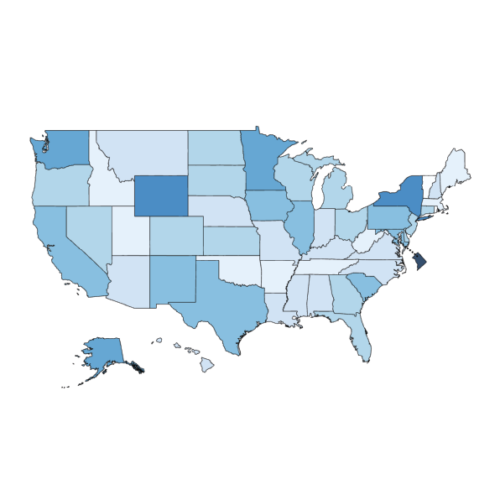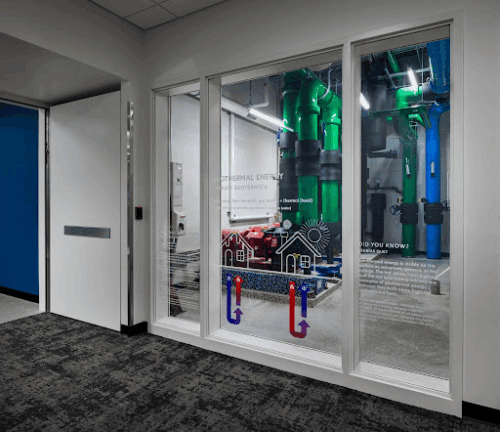Guide/Tool
Facility Condition Assessment (FCA) Scope Definition Worksheet
James Hand, Fargo Public Schools
This worksheet is a tool to help local school districts draft an RFP (Request for Proposals) for a public school district-wide facility condition assessment (FCA).




